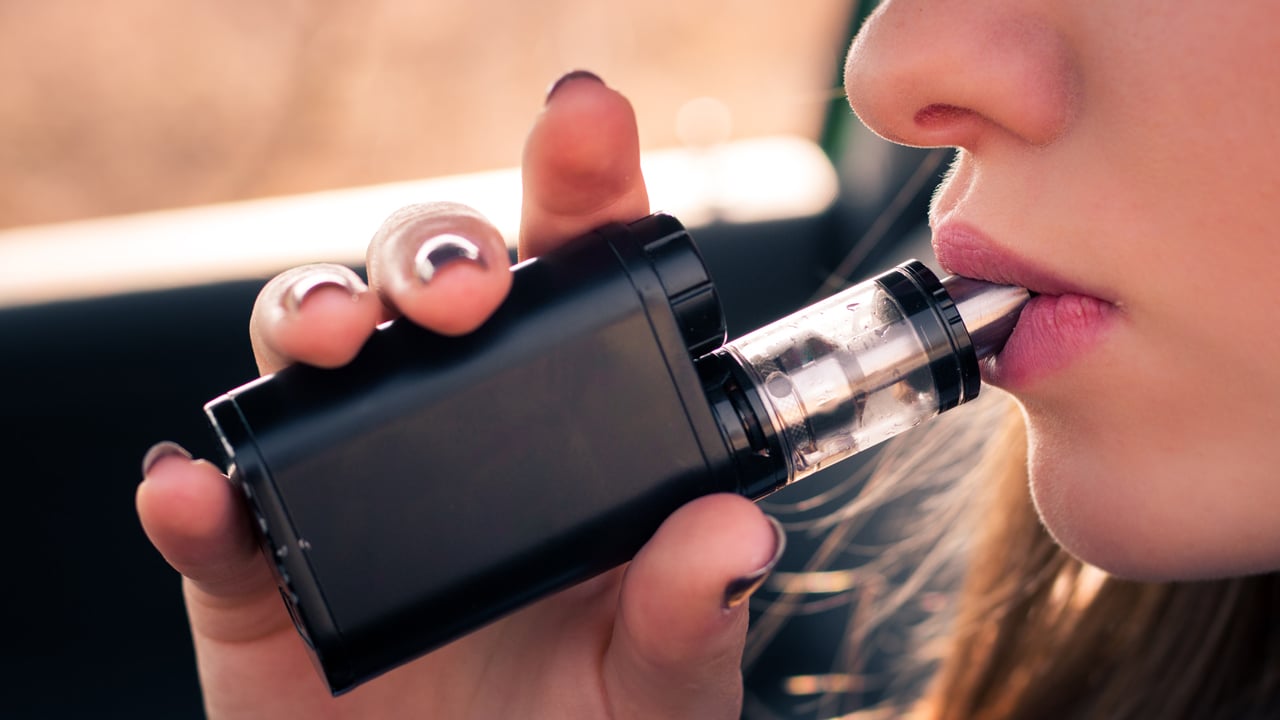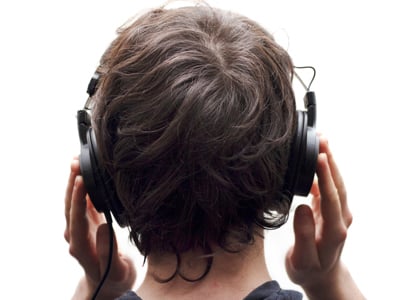- Doctors & Departments
-
Conditions & Advice
- Overview
- Conditions and Symptoms
- Symptom Checker
- Parent Resources
- The Connection Journey
- Calm A Crying Baby
- Sports Articles
- Dosage Tables
- Baby Guide
-
Your Visit
- Overview
- Prepare for Your Visit
- Your Overnight Stay
- Send a Cheer Card
- Family and Patient Resources
- Patient Cost Estimate
- Insurance and Financial Resources
- Online Bill Pay
- Medical Records
- Policies and Procedures
- We Ask Because We Care
Click to find the locations nearest youFind locations by region
See all locations -
Community
- Overview
- Addressing the Youth Mental Health Crisis
- Calendar of Events
- Child Health Advocacy
- Community Health
- Community Partners
- Corporate Relations
- Global Health
- Patient Advocacy
- Patient Stories
- Pediatric Affiliations
- Support Children’s Colorado
- Specialty Outreach Clinics
Your Support Matters
Upcoming Events
Mental Health Town Hall
Tuesday, April 23, 2024Join Children’s Hospital Colorado pediatric experts for a virtual...
-
Research & Innovation
- Overview
- Clinical Trials
- Q: Pediatric Health Advances
- Discoveries and Milestones
- Training and Internships
- Academic Affiliation
- Investigator Resources
- Funding Opportunities
- Center For Innovation
- Support Our Research
- Research Areas

It starts with a Q:
For the latest cutting-edge research, innovative collaborations and remarkable discoveries in child health, read stories from across all our areas of study in Q: Advances and Answers in Pediatric Health.


Kids, Teens and Vaping: Should Parents Be Worried?

Less than 4% of high school seniors report daily tobacco smoking in 2018, hardly a fifth of where that figure was 20 years ago. It's a downward trend representing one of the most successful public health campaigns ever waged. But it comes alongside another trend, one in which many experts see tobacco's disturbing reflection: vaping.
Vaping refers to using an e-cigarette or other device that may contain toxic chemicals and nicotine. A battery heats the solution, which is typically flavored, and users inhale the resulting vapor. Some teens also use e-cigarettes to inhale THC, the compound in marijuana that creates a high.
Vaping is prevalent among teens. According to the Centers for Disease Control and Prevention, or CDC, in 2021 more than 2 million youth used e-cigarettes.
What is e-VALI and should I be worried about it?
Many parents have heard about the spike in lung illnesses and deaths linked to vaping in August 2019. These cases occurred across a number of states, including Colorado, the result of a condition known as vaping-associated lung injury, or e-VALI.
The outbreak peaked in September of that year, and investigators have since shown that THC-containing e-cigarettes sold on the street played a major role. The culprit seems to be an additive called vitamin E acetate, and although the evidence wasn’t strong enough to rule out other contributors, cases have declined steadily since then, likely due to the removal of vitamin E acetate from many vaping products. But vaping products are poorly regulated, so the risk of e-VALI and other potentially harmful vaping-related illnesses is always there.
Symptoms of e-VALI tend to resemble lung infection: trouble breathing, cough and fatigue, as well as chest pain, fever, low oxygen and coughing up blood in some cases. Parents, healthcare professionals and educators should check for a history of vaping in all kids, particularly if they have any of these symptoms. If symptoms persist, they need to see their doctor or a pediatric lung specialist. The treatment for e-VALI is different from the treatment for lung infection, and early treatment may be important to stopping progression.
What’s in vapes and e-cigarettes?
Researchers at the University of Colorado launched an innovative study in 2020 to better understand what chemicals are in e-cigarettes. It's innovative because they'll be using a robot to simulate human vaping, and they’ll actually be analyzing the vapor or gas that the robot exhales after it vapes — something that hasn't been studied. Carl White, MD, a pediatric pulmonologist at Children's Hospital Colorado, is leading the study.
"There's a chemical transformation happening when you vape," says Dr. White. “We know that the materials that start out in the device aren’t necessarily analyzed as being harmful. But once you cook those — the process that happens when you vape the materials — what you get is a mix of potentially toxic chemicals including aldehydes like formaldehyde, which is very toxic to the lungs and your body."
Dr. White estimates that there are as many as 50 new chemicals that vapes produce. He says previous studies have identified some, but not all. Many of those yet to be identified are likely toxic, and Dr. White and his team hope to pinpoint as many as they can.
Is vaping addictive?
The vast majority of e-cigarettes and vaping products contain nicotine, and teens don’t always know it. JUUL, the most popular vaping product, doesn’t offer a nicotine-free option, and one cartridge alone contains roughly the same amount of nicotine as an entire pack of cigarettes.
The teenage brain is especially vulnerable to nicotine because of the way it’s growing and developing, and exposure can have lasting effects into adulthood. Teens who use nicotine show lower cognitive function, shorter attention spans and increased impulsivity, depression and anxiety in adulthood. Nicotine addiction can also increase the risk for other addictions in the future. Pregnant women definitely should not vape.
Why is vaping appealing to kids and teens?
Teens are vaping companies’ incoming market. They’ve created flavors like bubblegum and cotton candy clearly intended to entice teens, and many have positioned themselves as a safer alternative to tobacco products. And because vaping products are not taxed at the rate that traditional tobacco products are, they’re cheaper.
Many vaping companies advertise heavily on social media, although some have stopped. Still, e-cigarette advertising is unregulated and may influence teens online.
Lastly, vaping is much easier than cigarettes to disguise. Many companies make products actively intended to hide their purpose, like watches and even sweatshirts that contain vapes.
How can parents prevent their kids from vaping?
The greatest tool parents have to keep their kids from vaping is open communication. Talk with your kids about the dangers of vaping and emphasize that we don’t yet know just how bad it might be. Make sure that they know e-cigarettes contain nicotine, which can have lasting effects on their brain and behavior. Remind them that their brains develop until early adulthood. The surgeon general offers a tip sheet for starting a conversation with your teen about e-cigarettes.
Take advantage of teachable moments. You may find an opportunity to talk to your child about vaping when you see a character on TV vaping or someone vaping on the street while driving to school. Use these moments when the conversation can arise naturally.
Also consider other people who can influence your child’s decisions:
- Set up an appointment with your child’s doctor if you think they are more likely to listen to a medical professional about the dangers of vaping.
- Talk to your child’s teachers and school administrators about how they are preventing vaping at school.
- Remind your child that tobacco cigarettes are not an alternative to vaping (and vice versa).
- Talk to other parents about their children and how they are preventing them from using e-cigarettes.
- Be aware of what your child is doing online and set limits on their social media use.
- And finally, think about actions you can take. Be a good role model by not vaping or smoking. It’s never too late to quit smoking and your child is more likely to listen to you if you are modeling the behavior you want your children to show. Become an advocate and tell your politicians that you support legislation that limits teens’ access to vaping products.
Action and advocacy on teen vaping
Although research is still ongoing on the long-term effects of vaping, one thing is clear: It is not safe. Not for teens, not for anyone. In addition to Dr. White's research, Children's Colorado's government affairs team continues to pursue legislative action.
In recent years, Children's Colorado influenced policy changes by updating the Colorado Clean Indoor Air Act to prohibit vaping in public spaces. Additionally, we advocated for a statewide ballot measure, Proposition EE, that voters adopted in 2020 to raise the state’s tobacco tax and close the outdated tax loophole on vaping.
Children’s Colorado has also supported state and federal policies that raised the age of sales from 18 to 21 for all tobacco products. In partnership with other advocates, Children’s Colorado continues to work on local municipal policies that seek to eliminate the sale of flavored tobacco products, which play a significant role in youth initiating and sustaining tobacco and nicotine products.
Learn more about our work in child health advocacy.



 720-777-0123
720-777-0123





